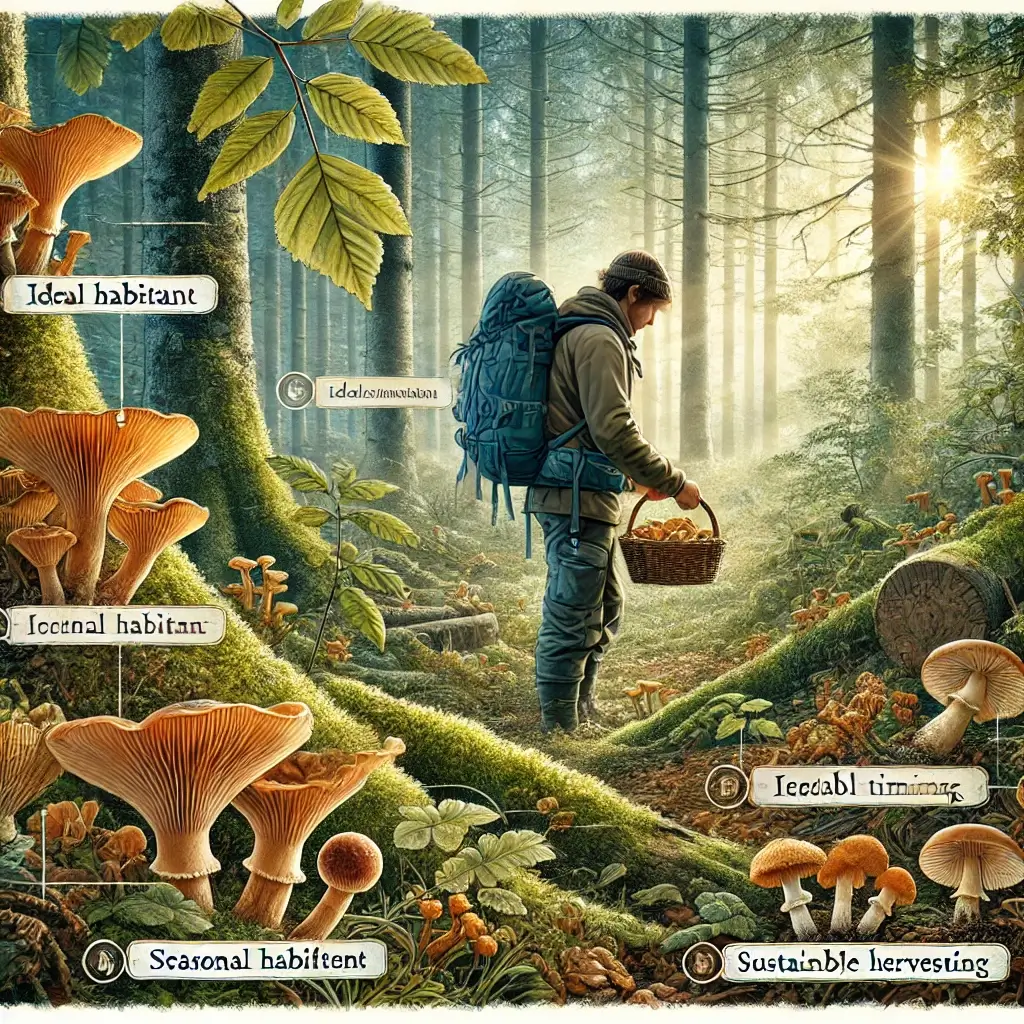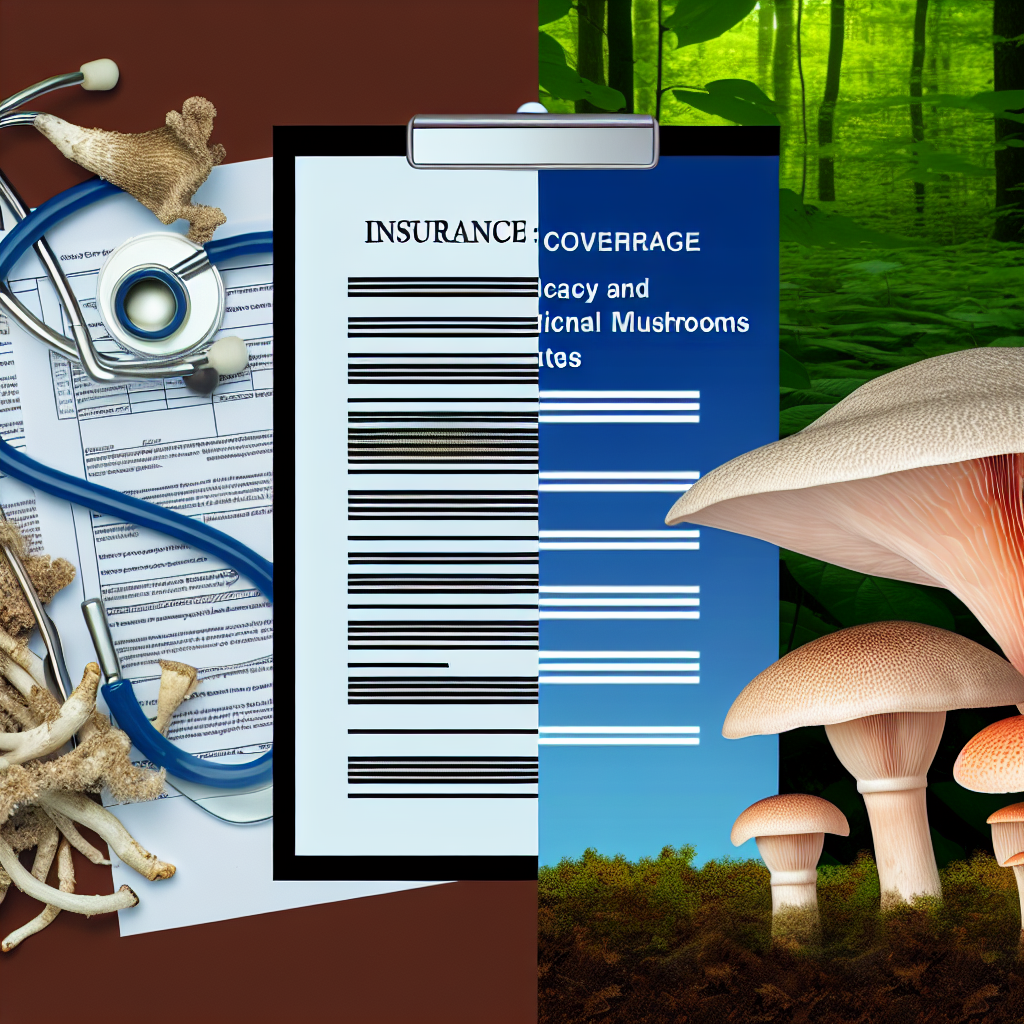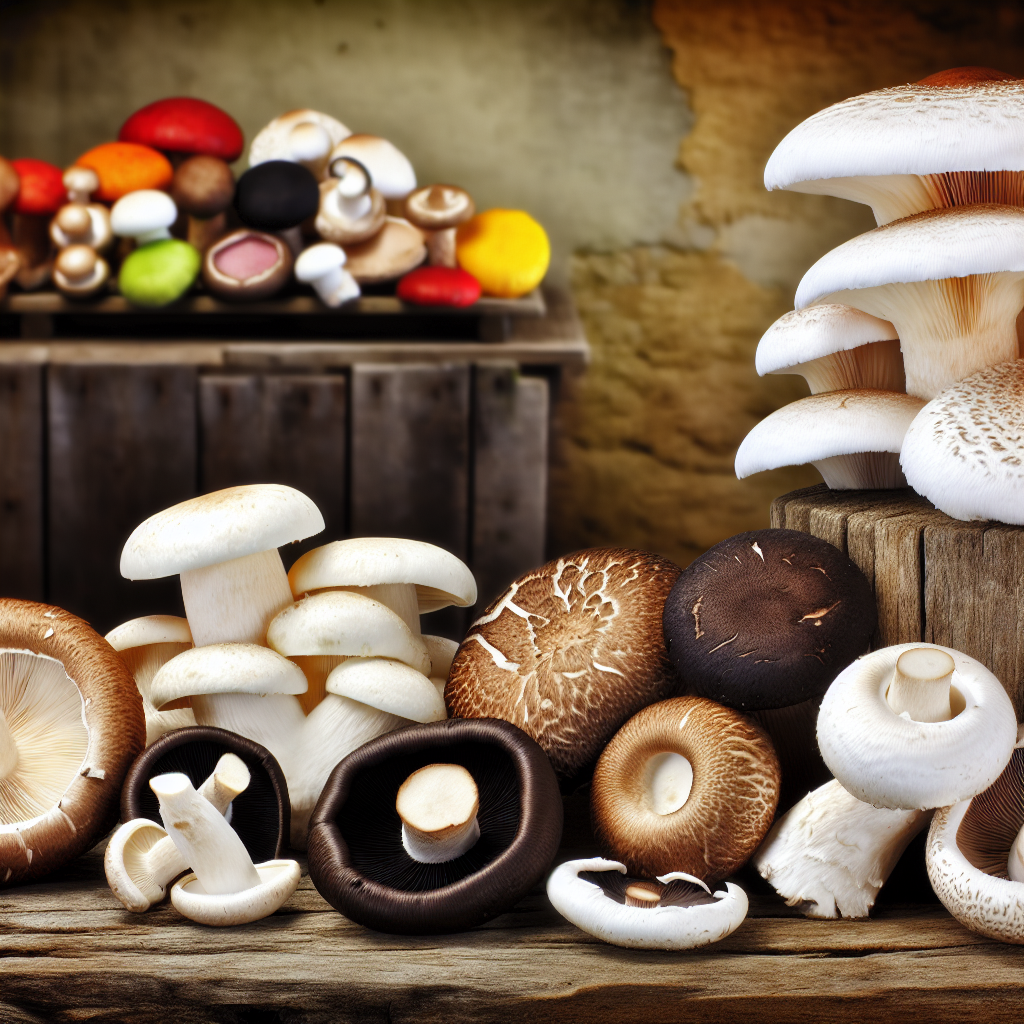Liberty Caps vs. Blue Meanies: Effects, Potency, and Cultivation Differences
As interest in natural and alternative treatments surges, psilocybin mushrooms—long used in indigenous ceremonies and increasingly studied in modern medicine—have garnered attention for their potential in addressing mental health concerns. Among the growing list of psilocybin-containing species, Liberty Caps (Psilocybe semilanceata) and Blue Meanies (Panaeolus cyanescens) stand out for their historical usage, psychoactive potency, and therapeutic potential. While both species offer unique entheogenic experiences and share the primary active compound psilocybin, they differ significantly in their chemical make-up, physical appearances, cultivation requirements, and subjective effects.
Understanding the Psychedelic Chemistry: Psilocybin & Psilocin Differences
Psilocybin, the active compound found in both Liberty Caps and Blue Meanies, is currently under intense scientific scrutiny for its therapeutic value. A pivotal clinical trial led by Johns Hopkins University found that controlled psilocybin therapy significantly reduced symptoms of major depression in 71% of participants, with effects lasting for several months after just one or two sessions ([Source](https://www.hopkinsmedicine.org/news/newsroom/news-releases/psilocybin-treatment-for-major-depression-effective-for-up-to-a-year-for-most-patients-study-shows)). Though the study used synthetic psilocybin, mushrooms like Liberty Caps and Blue Meanies naturally contain the same active compound, suggesting their utility in clinical settings.
It’s important to note, however, that the psilocybin content varies widely between these two types. Liberty Caps typically contain approximately 0.98% psilocybin by dry weight ([Source](https://pubmed.ncbi.nlm.nih.gov/11705328/)), while Blue Meanies can reach up to 2.5%, making them more than twice as potent. This implies that users must exercise caution with dosing, particularly with Blue Meanies, to avoid overwhelming psychological effects or unintended hallucinatory intensity.
Blue Meanies also contain variable levels of psilocin, the active metabolite of psilocybin which provides faster onset times and a more immediate effect. This combination of high psilocybin and psilocin content results in a more vivid, emotionally intense experience—with enhanced visual distortions and deeper introspective states. For therapeutic applications such as treating trauma or deep-seated anxiety, potent mushrooms like Blue Meanies may offer more transformative sessions in controlled environments.
Different Trips, Different Purposes: Experiential & Therapeutic Effects
Comparatively, Liberty Caps are appreciated for their steadier, more manageable psychoactive profile. This makes them ideal candidates for first-time users or those engaging in guided psychedelic therapy or microdosing regimens aimed at improving cognition and mood. The University of Toronto conducted a study in 2021 exploring microdosing with natural psilocybin mushrooms (including Liberty Caps) and found improved emotional regulation, cognitive flexibility, and creativity among participants ([Source](https://www.nature.com/articles/s41598-021-02255-3)).
Where Blue Meanies often induce intense audiovisual hallucinations and emotional depth within a shorter onset period, Liberty Caps tend to offer a longer onset with a smoother, contemplative progression. Therapeutically, Liberty Caps may be better suited for ongoing mental health support and emotional integration, especially in cases involving anxiety, minor depression, or spiritual clarity.
Cultivation Considerations: Growing Conditions & Accessibility
Cultivation also plays a large role in medicinal accessibility. Liberty Caps grow naturally in cooler, wetter climates and are notoriously difficult to cultivate indoors due to their complex symbiotic relationship with grassland ecosystems. As a result, they are mostly foraged in the wild, adding a layer of unpredictability.
Blue Meanies, conversely, grow well in subtropical temperatures and can be cultivated indoors with proper equipment such as humidity-controlled environments and sterilized substrates. This makes them increasingly accessible for licensed clinics and home cultivators working within legal frameworks. Their relative ease of cultivation offers an advantage for medical professionals seeking standardized dosages for therapy.
Scientific Support and Future Outlook
The therapeutic potential of Liberty Caps and Blue Meanies is shaped not just by their chemical makeup but by their ecological and cultural contexts. With continued support from academic institutions and emerging biotech startups, psilocybin mushrooms may soon become mainstay tools in mental health treatment.
Regulatory changes in countries like Canada, the U.S., and parts of Europe already hint at broader access to psychedelic therapy—especially in carefully controlled environments. As public understanding grows, so does the need for accurate, nuanced education on each mushroom species’ unique profile.
Final Thoughts: Choosing Your Psychedelic Ally
Liberty Caps and Blue Meanies may both belong to the group of psilocybin mushrooms, but their distinct potencies, effects, and cultivation methods render them quite different in practice. Liberty Caps provide a gentle, manageable experience well-suited for microdosing or gradual therapeutic use, while Blue Meanies offer a more potent, transformative journey, ideal for deep psychological breakthroughs under supervision. As scientific research continues to validate the healing capacities of psilocybin, understanding the nuanced differences between these fungi can empower individuals to choose the most suitable path toward wellness.
References
– Johns Hopkins University. Psilocybin Therapy for Depression. [https://www.hopkinsmedicine.org/news/newsroom/news-releases/psilocybin-treatment-for-major-depression-effective-for-up-to-a-year-for-most-patients-study-shows](https://www.hopkinsmedicine.org/news/newsroom/news-releases/psilocybin-treatment-for-major-depression-effective-for-up-to-a-year-for-most-patients-study-shows)
– Gartz, J. (1994). Analysis of Psilocybin and Psilocin in Psilocybe semilanceata. [https://pubmed.ncbi.nlm.nih.gov/11705328/](https://pubmed.ncbi.nlm.nih.gov/11705328/)
– Nature Scientific Reports. Microdosing and Mental Health Outcomes. [https://www.nature.com/articles/s41598-021-02255-3](https://www.nature.com/articles/s41598-021-02255-3)
Concise Summary:
Liberty Caps and Blue Meanies are two psilocybin-containing mushroom species with distinct differences in their psychoactive potency, therapeutic effects, and cultivation requirements. Understanding these nuances is crucial for individuals seeking controlled and informed experiences with psilocybin for mental health treatment or personal growth.

Dominic E. is a passionate filmmaker navigating the exciting intersection of art and science. By day, he delves into the complexities of the human body as a full-time medical writer, meticulously translating intricate medical concepts into accessible and engaging narratives. By night, he explores the boundless realm of cinematic storytelling, crafting narratives that evoke emotion and challenge perspectives. Film Student and Full-time Medical Writer for ContentVendor.com


